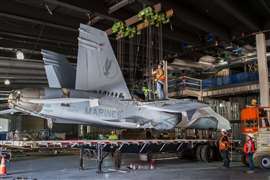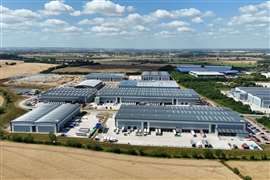EBRD launches Infrastructure Project Preparation Facility
20 November 2014
The European Bank for Reconstruction and Development (EBRD) has created a € 40 million (US$ 50 million) Infrastructure Project Preparation Facility (IPPF). This dedicated unit within the bank will prepare projects in line with EBRD policy objectives, while providing expertise on public private partnerships (PPPs) and commercialised projects for the Bank’s clients.
The move follows a statement last week by the EBRD and seven other multi-lateral infrastructure financers to the effect that infrastructure investment around the world was lagging not because of the lack of funds, but because of a lack of viable and well-prepared projects.
EBRD managing director for Infrastructure Thomas Maier said, “Simply put, the dearth of investment-ready projects has led to a widening gulf between what is required and what is delivered. While infrastructure problems are global, solutions are local.”
Matthew Jordan-Tank, EBRD head of infrastructure policy, added, “We’re listening to clients. They want real-world infrastructure solutions based on what has worked elsewhere in similar contexts – IPPF aims to provide these kinds of direct linkages.”
The IPPF’s objective is to improve the efficiency and replicability of infrastructure projects for its clients and will be operated over an initial three year period from 2015 to 2017. It is also hoped the IPPF will improve the quality of preparation through consistent, market-proven structures that both the public and private sectors will support.
The EBRD estimates global infrastructure investment needs to 2030 to be more than US$ 50 trillion.





